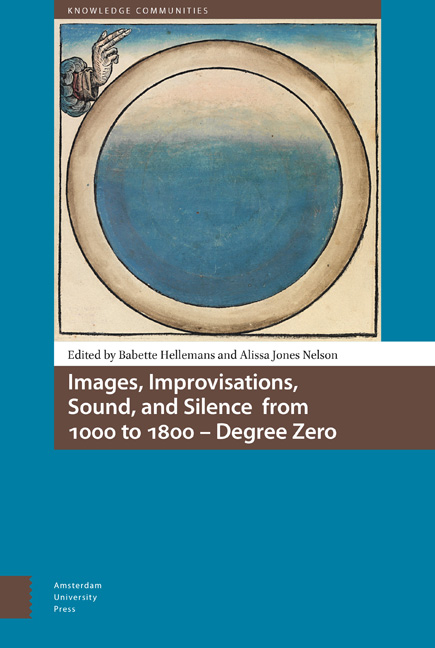1 - The Two Bodies of the Virgin: On the Festival of Cirio de Nazaré
Published online by Cambridge University Press: 11 December 2020
Summary
Abstract
This chapter offers two perspectives on the Cirio, the great procession in honour of the Virgin that takes place each year in Belém, on the mouth of the Amazon in Brazil: first, a set of ethnographic observations recorded on the Cirio of 13 October 2013; second, a history of the feast, reaching back to the ‘invention’ of the statue of the Virgin at the heart of the ritual, by a peasant in 1700, and beyond that into a more remote past. The interaction of the ethnographic and the historical suggest different possible meanings of ‘degree zero’: Is the degree zero of the Cirio the inventio? Or is it the Virgin's miraculous rescue of a knight in Portugal in 1182? Or is it something more supple – the belief built up around the relation, since 1966, between two statues of the Virgin, an original and a copy? Or perhaps even the multiple simulacra of the Virgin trafficked by the immense crowd, all of them gathering to confirm the one body of the Virgin? As the birth of this feast becomes harder to identify, the immediacy of its coming into being grows more tangible.
Keywords: procession; pilgrimage; holy; image; replica; invention
While travelling for research purposes in the Nordeste region of Brazil in October of 2013, I was able to observe the impressive unfolding of the Cirio of Nazaré, the great procession that takes place on the second Sunday of October each year in Belém, the city on the mouth of the Amazon. That year, on Sunday 13 October 2013, more than two million came together in the streets of Belém, the capital of the state of Para, to take part in this extraordinary event. Cirio takes its name from the wax of the candles and ex votos that accompany the procession. The word is commonly used in Portuguese for any big procession that follows the statue of the Virgin of Nazaré (in Estremadura), such as this procession at Belém. Nazaré (Nazareth) is the name of the sanctuary built at the location in Brazil where the ‘invention’ of the statue, by a peasant named Placido, is said to have taken place in 1700. In what follows, I will give my attention chiefly to the content of the ‘degree zero’ of religious rituals like this one.
- Type
- Chapter
- Information
- Publisher: Amsterdam University PressPrint publication year: 2018



